Philips OLED769 is the entry-level OLED model from the Dutch manufacturer for 2024, but don't let that mislead you. OLED769 surprises with its image quality and several interesting features. Thanks to OLED technology, the colours are truly vibrant, and the contrast is very good – deep blacks and bright lights displayed on this screen make a difference, especially when watching evening series. When it comes to motion fluidity, OLED769 performs really well. The 120 Hz panel handles dynamic scenes excellently, whether it's sports or gaming. When playing on consoles, the TV doesn’t disappoint either – 4 HDMI 2.1 ports support VRR and ALLM, and the fast response time ensures smooth and responsive gameplay. And what about Ambilight? It's a classic Philips feature and one of those functions that either gets loved or hated. In this model, it works very well – the backlighting responds to the content on the screen and adds ambience, especially in a dark room. It's not something everyone will consider essential, but it makes an impression in the evenings – at least on us. As for the new TitanOS operating system, it leaves us with mixed feelings. It runs quickly, but it lacks some popular applications. More demanding users may miss the flexibility that previous Philips systems (GoogleTV) offered. Philips OLED769 is a good choice for those looking for a TV with beautiful picture quality and the unique addition of Ambilight. The image quality and motion fluidity will satisfy most users, and the minor limitations of the operating system won't be a hurdle if you're focusing on basic apps. It's a solid option for both watching movies and playing games.
- Matching (Score)
- Our verdict
- TV appearance
- Where to buy
- Contrast and black detail
- HDR effect quality
- Factory color reproduction
- Color reproduction after calibration
- Smoothness of tonal transitions
- Image scaling and smoothness of tonal transitions
- Blur and motion smoothness
- Console compatibility and gaming features
- Input lag
- Compatibility with PC
- Viewing angles
- TV efficiency during daytime
- Details about the matrix
- TV features
- Apps
- Playing files from USB
- Sound
Philips OLED769 vs SAMSUNG QN80F
Direct compare
OLED769 / AMIBLIGHT TV
QN80F

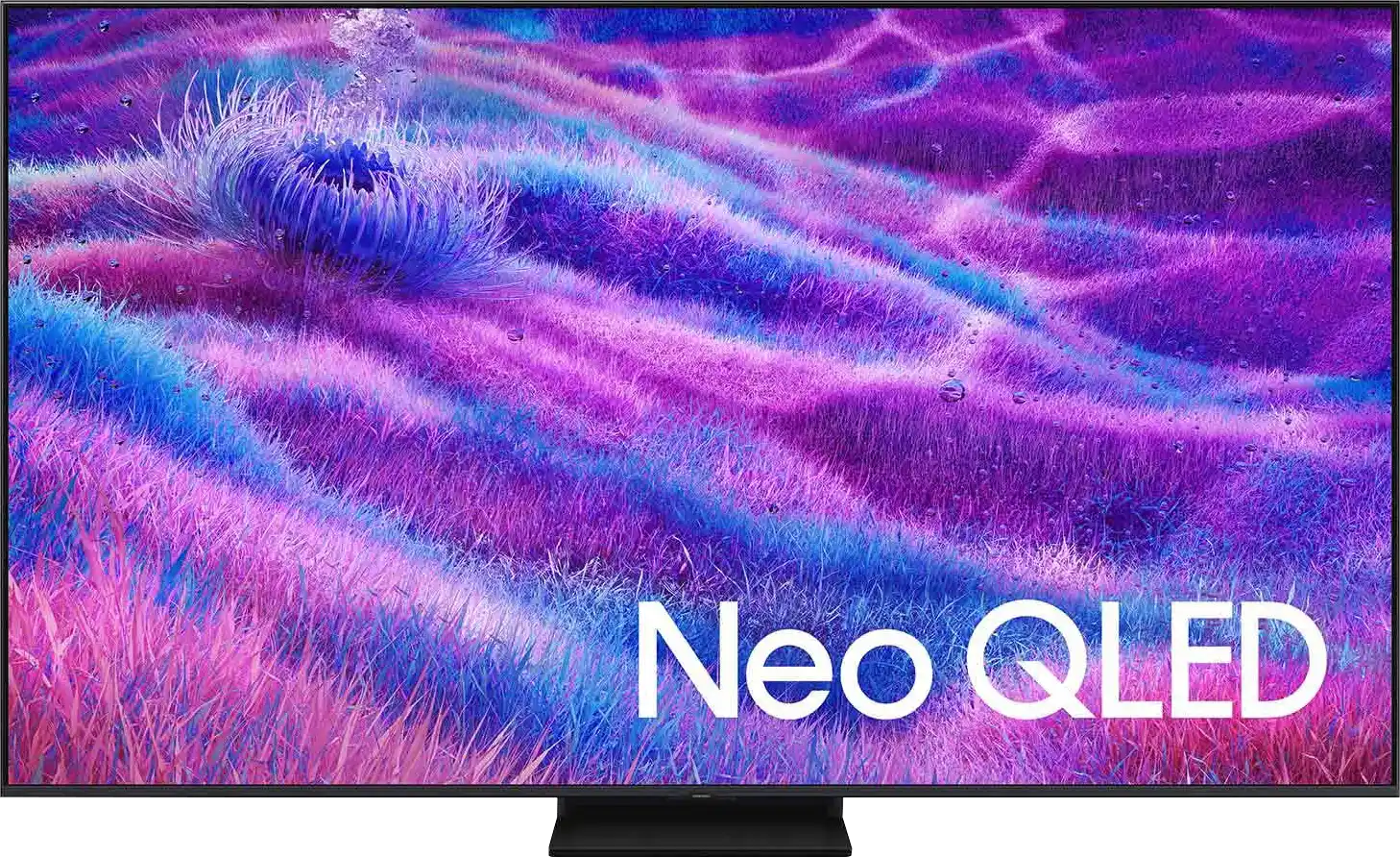
Panel type: WRGB OLED
Resolution: 3840x2160
System: Titan OS
Model year: 2024
Complete the survey to find out the result

Panel type: LCD VA
Resolution: 3840x2160
System: Tizen
Model year: 2025
Complete the survey to find out the result

Overall rating
7.3
7.3
Movies and series in UHD quality
7.6
6.9
Classic TV, YouTube
8.4
6.8
Sports broadcasts (TV and apps)
8.3
6.7
Gaming on console
9.2
8.5
TV as a computer monitor
7.6
8.8
Watching in bright light
4.6
6.6
Utility functions
5.6
7.5
Apps
6.2
8.7
Sound quality
6.7
6.7
Complete the survey to find out what fits your preferences
Advantages
Great contrast
Ideal choice for gamers and sports - HDMI 2.1, 120Hz, low input lag
3-sided Ambilight system
Excellent colour reproduction after calibration
Great black levels and contrast - VA panel combined with MINI-LED backlighting.
Excellent brightness - up to 1000 nits in HDR
Fast and responsive panel - 144 Hz
Robust support for gamers - 4xHDMI 2.1, VRR, ALLM, GameBar, Game Motion Plus
Very good usability in daylight
Advanced Tizen operating system
Easy to use
PiP function
Disadvantages
Poorly developed operating system - TitanOS
Average brightness
No DTS format support – a limitation when connecting a home theatre system
No USB recording function
Relatively few dimming zones
Issues with the HGiG function (for gamers) – the update removed this option*
Our verdict
QN80F is the first in the history of Samsung's "eighty range" to feature Mini LED backlighting. And it does it really well. Although the number of dimming zones isn't staggering, the black levels are solid, and in combination with high brightness, it allows for a very decent picture in HDR content. Additionally, there's a 144 Hz panel that provides excellent motion fluidity, and the gaming features – VRR, ALLM, Game Motion Plus – make the QN80F an option truly designed for those gaming on consoles or PCs. The television operates quickly and responsively, and the Tizen system runs like lightning – whether you’re searching for apps or switching sources. Is there anything to nitpick? Of course, as always – there are shortcomings in the system (like USB recording), DTS support is absent, and Mini LED comes with its own limitations. But the QN80F is a fantastic everyday television – versatile, refined, and... with great price potential. Looking at the history of this series, we can expect that this "eighty" will still shake things up once it hits the first reasonable promotions. And then it could be virtually unbeatable at its price – especially if Samsung fixes the minor teething issues.
TV appearance
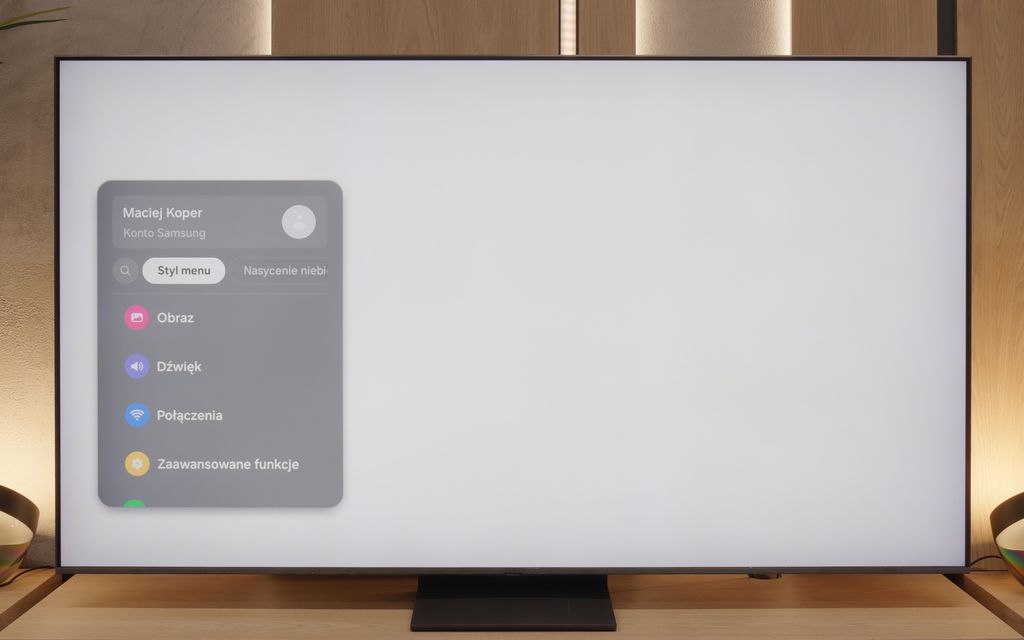
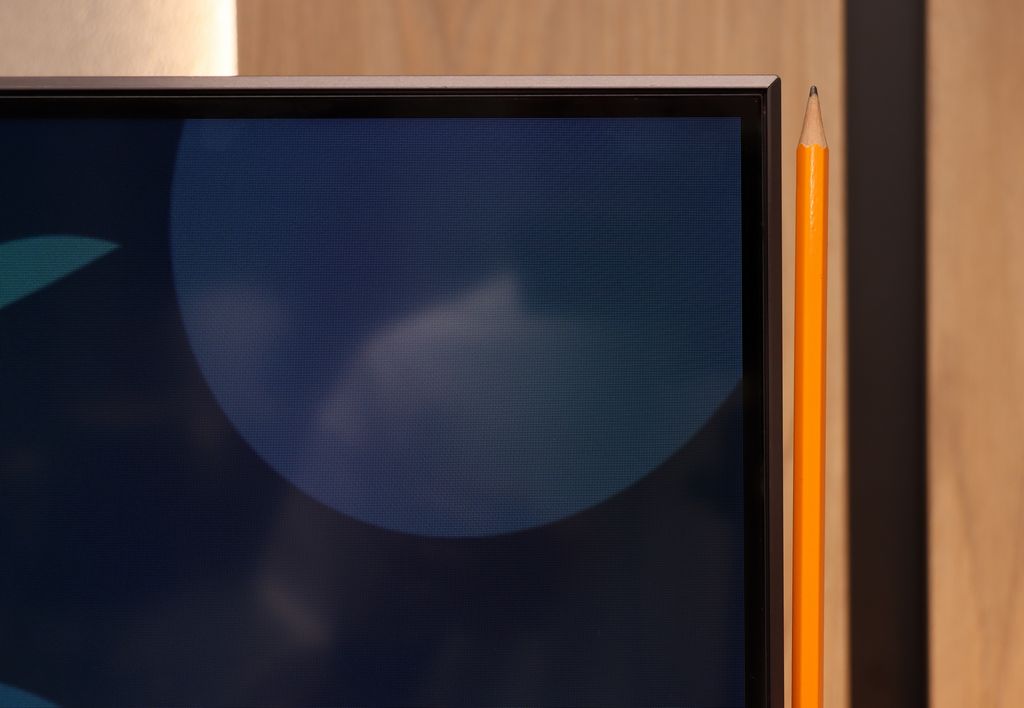
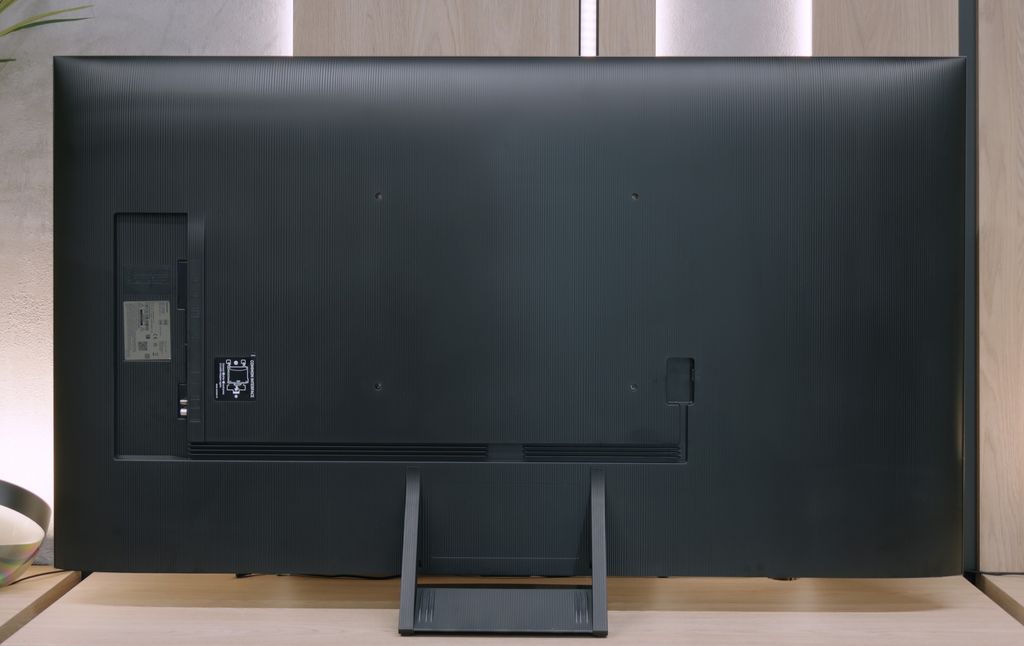

Contrast and black detail
10/10
6.8/10
Local dimming function: Yes, number of zones: 88 (8 x 11)
Contrast:

Result
∞:1

Result
∞:1

Result
∞:1

Result
∞:1

Result
∞:1

Result
34,100:1

Result
8,200:1

Result
32,500:1

Result
4,550:1

Result
3,800:1
Halo effect and black detail visibility:

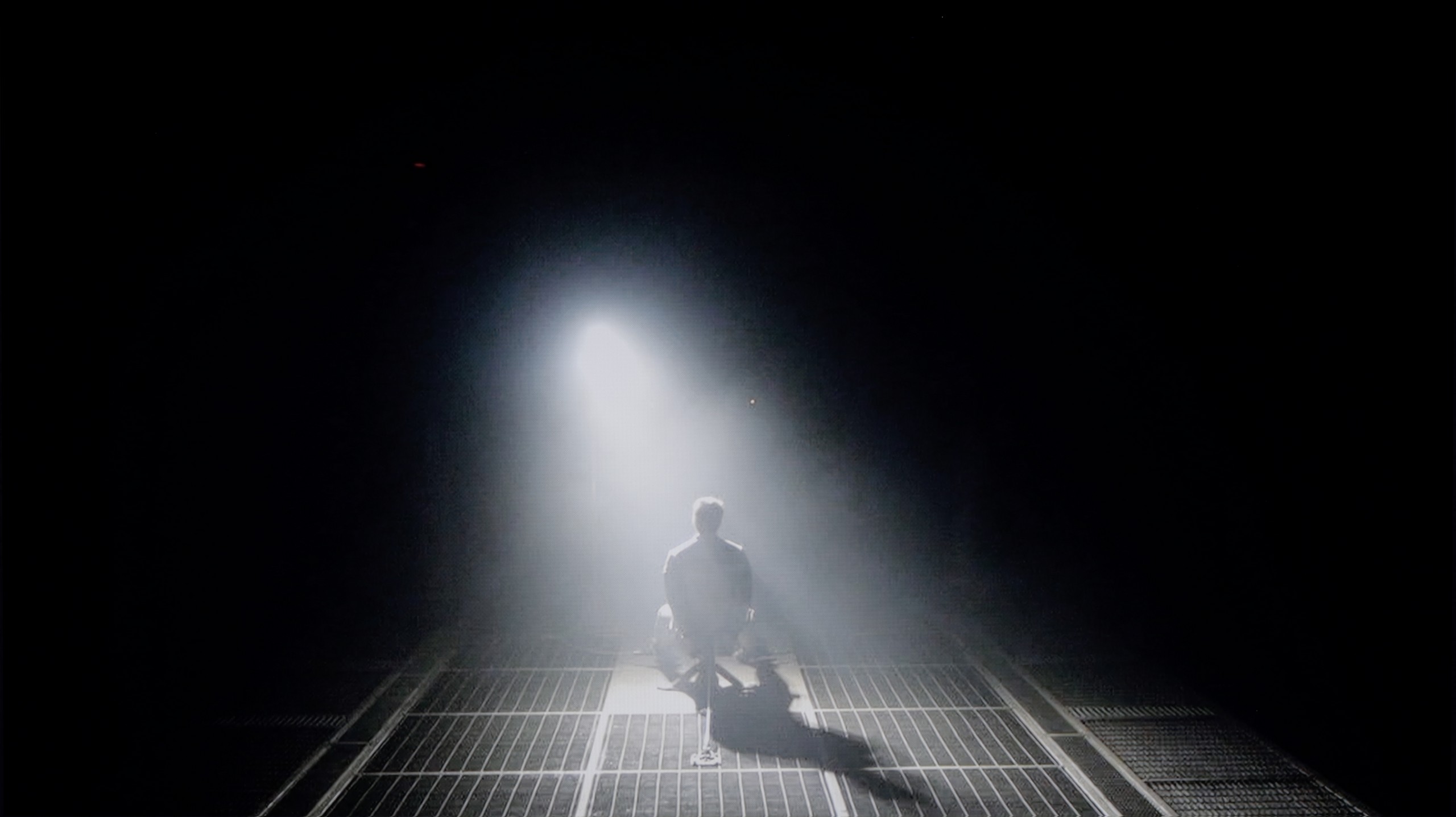
Philips OLED769 amaze with its black and contrast quality. Thanks to OLED technology, each pixel in this television is self-illuminating, allowing for complete shutdown of individual pixels. This means that black areas of the image are perfectly black, and the contrast is infinite. The effect is incredibly realistic, with excellent clarity and detail in dark scenes. The OLED panel used in Philips OLED769 is produced by LG, known as WOLED, ensuring the highest quality in black reproduction. As a result, the television offers contrast that is unattainable for traditional LCD televisions - even the best ones on the market.
QN80F is a representative of the Neo QLED series, meaning it is a television with Mini LED backlighting. Unlike its cheaper cousin, the QN70F model, the diodes here are placed directly behind the panel (instead of at the edges), which gives a solid advantage from the start when it comes to contrast control. In the 65-inch variant we tested, we counted 88 dimming zones – a result that may not be very impressive, but as it turned out, sufficient to achieve quite decent results.
In tests based on scenes from films such as Oblivion or The Meg, the QN80F performed well – blacks were deep, and the overall image consistency was eye-catching. However, in more demanding moments (e.g., scenes with a large number of bright details on a dark background), a halo effect appeared. This is where the limitation of the number of zones comes into play – bright elements could bleed around, and some details in dark areas became less visible. In one scene with a helicopter (The Meg), we even noticed slight brightness flickering, as if the television was trying its best to maintain visibility of the details at the expense of black depth.
However, these are not issues exclusive to this model – the halo effect or contrast drops in very complex scenes are something that most Mini LED televisions struggle with, even the more expensive ones. In its class, the QN80F still performs positively and offers noticeably better contrast than the QN70F model with edge lighting. For most users, this will be a level more than sufficient – although not perfect.
HDR effect quality
6/10
5.8/10
Luminance measurements in HDR:

Result
609 nit

Result
707 nit

Result
801 nit

Result
775 nit

Result
261 nit

Result
799 nit

Result
533 nit

Result
717 nit

Result
245 nit

Result
656 nit
Scene from the movie “Pan” (about 2800 nits)


Scene from the movie “Billy Lynn” (about 1100 nits)


Static HDR10


Dynamic: Dolby Vision
Dynamic: HDR10+


HDR luminance chart:
SAMSUNG QN80F
Luminancja HDR
Luminance of RGB colors
Philips OLED769
Luminancja HDR
Luminance of RGB colors
Philips OLED769 performs quite well, especially in movie scenes with small light points. The television surprises with its brightness, reaching around 800 nits, which is an impressive result. This means that small light sources, like street lamps at night or stars in the sky, are vivid and full of detail. However, the biggest challenge for this model is the scene with a full-screen sun glare. In such moments, the brightness drops to around 250 nits, which isn’t very impressive. This is a typical issue with cheaper OLED displays, which struggle to maintain high brightness across the entire screen.
QN80F is quite a bright screen – in synthetic tests, it reached nearly 1000 nits, which allows for reasonable expectations of HDR content. And indeed, in many scenes, the TV can truly shine. Sequences with a lot of light – like shots from the movie Life of Pi or wide, bright surfaces in The Meg – look impressive. Brightness stays around 700 nits, which provides a solid effect, enough to feel the true "HDR magic." Unfortunately, not every scene looks this good. In content with small, bright details on a dark background, like in Sicario 2, the TV can struggle – it can significantly dim individual elements, sometimes to the point where they disappear from the image. This is a result of the limited number of dimming zones, forcing the device into compromises: either stick to inky blacks or sacrifice some detail. QN80F usually chooses the former. As a consolation, it offers quite decent coverage of a wide color palette – DCI-P3 at 93%. It's not the highest score on the market, but it's more than enough for most content on streaming platforms.
Factory color reproduction
6.4/10
6/10


Factory Mode
After calibration


Factory Mode
After calibration
The "Film" mode turned out to be the best factory setting in terms of fidelity to the original material, and it was on this setting that we based our tests. However, like other factory modes, it was not without its flaws. Let’s take a closer look at what exactly went wrong in the SDR and HDR materials.
In both cases, the white balance was disturbed by excessive dominance of green and red colours. This phenomenon created a yellowish tint that spilled over the entire image, leading to issues such as yellowed whites and unnatural skin tones. These problems were clearly highlighted on the "ColourChecker" palette, where each of the samples was shifted towards warmer shades.
As for contrast and brightness, in the Philips OLED769, we can look at two key graphs: Gamma for HD content and the EOTF curve for 4K HDR content. In the case of the first graph, the gamma value is below the optimal level of 2.4, resulting in the bright parts of the image being lightened. This means that bright elements may be somewhat overexposed, losing detail and depth. Meanwhile, the EOTF curve for 4K HDR content performs really well. The graph shows that the television effectively reproduces details in both the brightest and darkest parts of the image, translating to a realistic and dynamic representation of scenes.
We always test TVs in the best available factory mode – for the Samsung QN80F, this is the Filmmaker mode, and indeed, it provides the settings closest to the creators' intentions. However, this doesn’t mean everything looks perfect. In SDR content, the biggest issue was an unbalanced white balance – slight deficiencies in green and a noticeable excess of red led to noticeable colour errors, and one could say the screen had a pinkish hue. This was clearly visible in the colour checker test, where colours “escaped” outside their target fields – to such an extent that a sensitive viewer's eye could catch it even without the help of a meter.
In HDR content, the white balance was much better, but another issue arose – brightness management. The EOTF curve caused an overly bright image most of the time, which affected the perception of contrast and made the screen slightly “flicker” during dynamic changes in light. We’ve already discussed this in the paragraphs about black levels and HDR. Fortunately, Samsung offers users plenty of options. The QN80F features a rich set of calibration options, including a 20-point white balance – which is why we decided to check what this TV is really capable of after a proper calibration.
Color reproduction after calibration
8.8/10
8.3/10




After professional calibration, Philips OLED769 truly shines in terms of colour accuracy. The television has been completely rid of any yellow tint in both HD and 4K content. The Colour Checker test confirms that deltaE errors are minimal, occasionally exceeding 2, which means we can talk about almost perfect renderings of the director's vision.
When it comes to contrast, the situation is equally impressive. For 4K materials, there wasn't much to improve from the start, while the gamma graph has been significantly enhanced. As a result, dark and bright parts of the image are represented with greater accuracy, leading to realistic and dynamic scene reproduction.
The calibration has unlocked the full potential of this television, both in terms of colour and contrast. Philips OLED769 now offers vivid, natural images of high quality that will delight any user, whether they're watching movies or using other multimedia.
After conducting a thorough calibration, it was possible to bring most image parameters to a really good level. The white balance in both SDR and HDR presents itself almost perfectly – the image is natural, neutral, and free from the previously noticeable redness. Colours have gained depth, and the overall visual experience has become more pleasant and cohesive. It was also possible to partially manage brightness, which in the factory version could cause issues. The EOTF chart shows that the television performs much better with brightness after calibration – there is no longer excessive dimming of certain elements. In films, it can still be noticed that the QN80F has a tendency to slightly brighten the smallest bright details – this is already a consequence of the device's construction and the limited number of dimming zones. In short: not everything can be overcome, but what was possible has been improved. After calibration, the QN80F makes a really good impression, looking simply more mature and professional.
Smoothness of tonal transitions
5.9/10
9/10





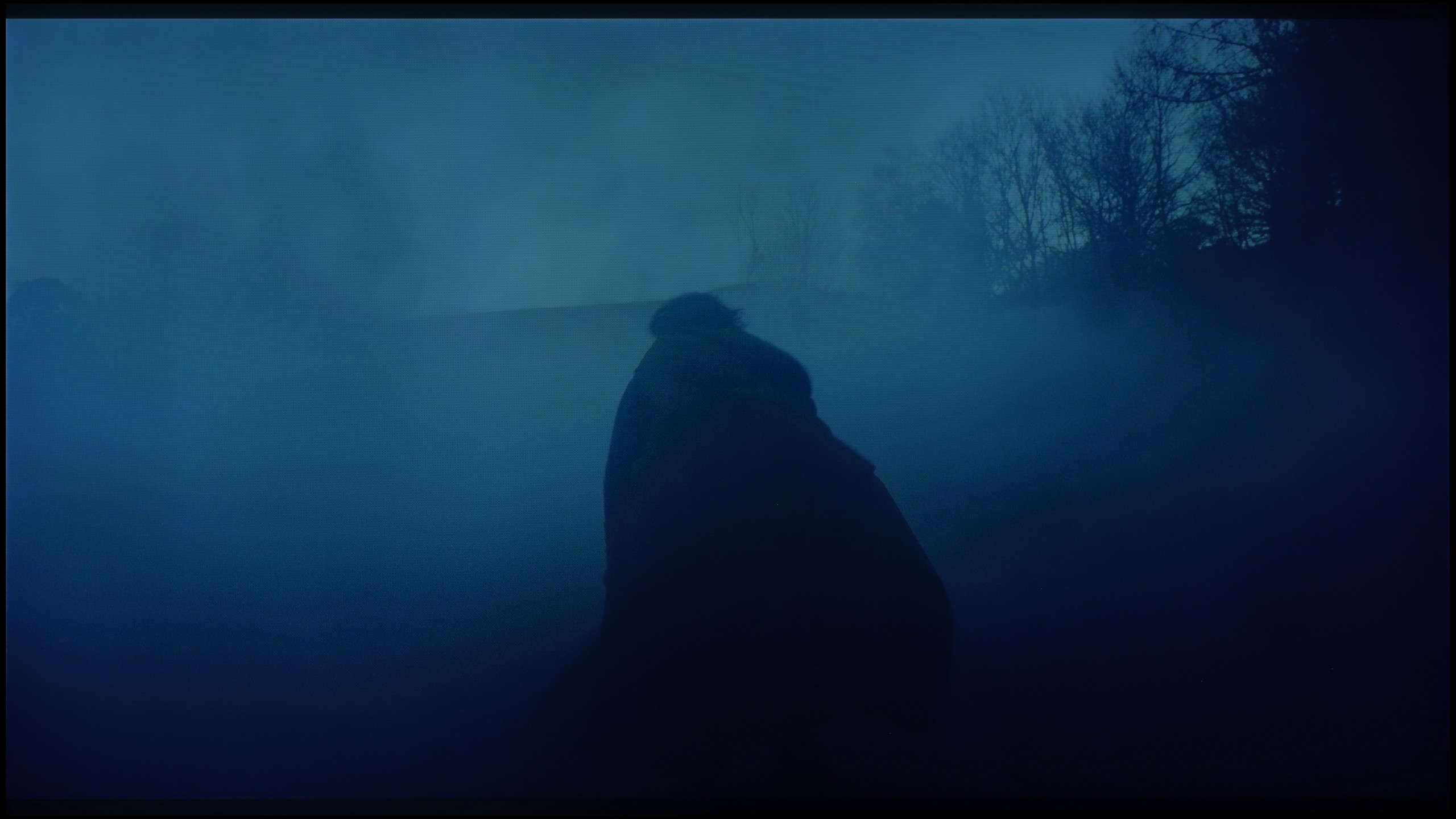

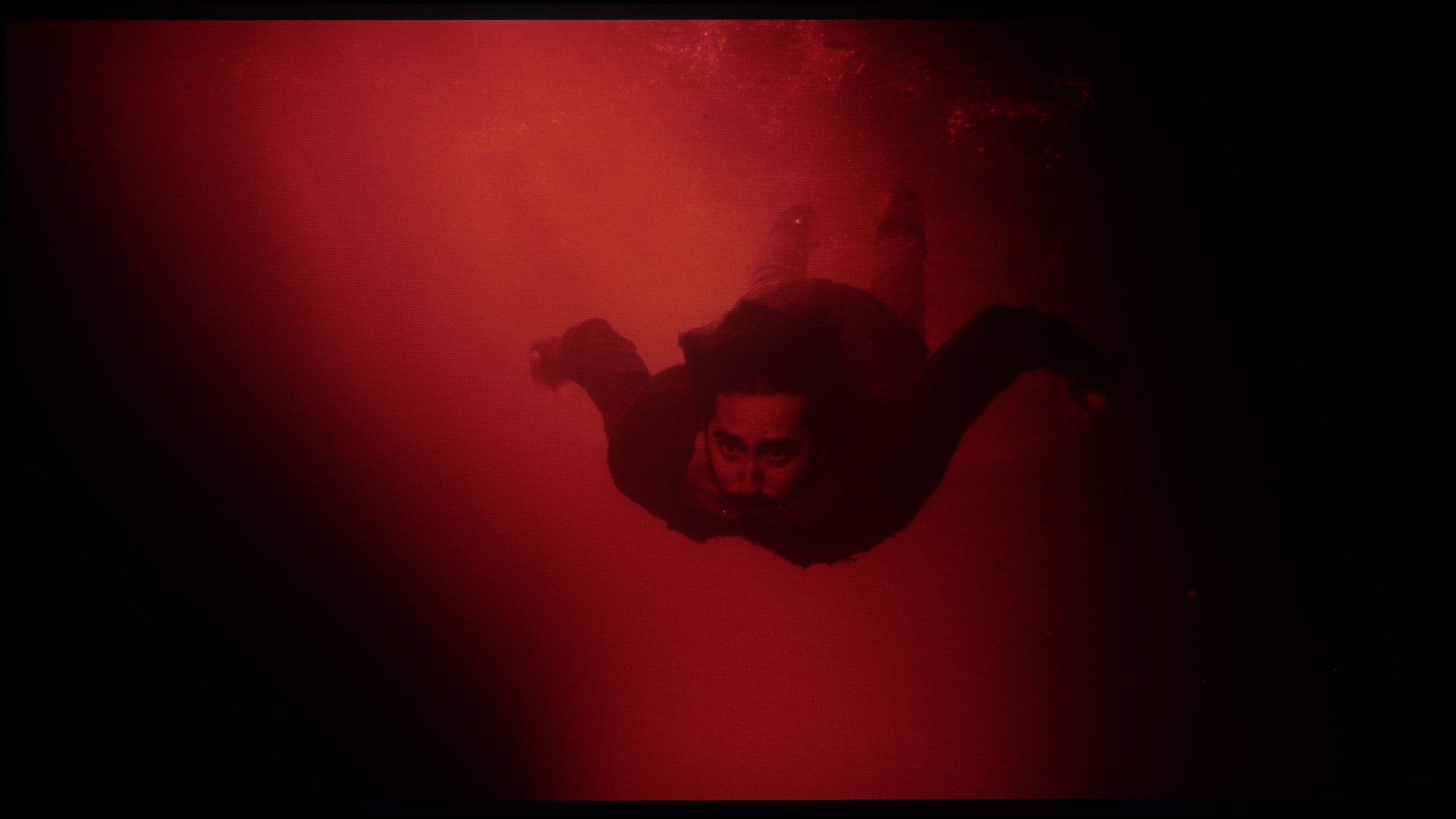




The gradation in Philips OLED769 unfortunately proves problematic in almost every scene from the test sequence. Particular difficulties arise in dark colours and around blacks. In these areas, in addition to the posterization effect, the image is accompanied by a solid amount of noise. The problem with tonal transitions is not limited to dark hues – it can also be seen in lighter elements, such as in a scene from the movie "Kingsman", where clear colour banding is visible around the sun. This phenomenon can significantly affect the visual experience, especially in scenes where black and dark shades play a crucial role. It's hard not to notice these imperfections, which can disrupt the viewing experience, particularly for viewers who value excellent image quality.
In this regard, the QN80F really delivers. Transitions between colours are smooth, nothing tears, and there are no annoying bands in the sky or strange spots in the shadows. Movie scenes in darker tones performed particularly well – and that's where most televisions start to struggle. If you really focus, you might notice slight banding in the brightest areas, but that's really stretching it. In everyday viewing, no one should have a problem with this. To put it simply: the tonal transitions are so good that you can forget about them – and just enjoy the movie.
Image scaling and smoothness of tonal transitions
7.2/10
7/10
Smooth transition function


Image without overscan on the SD signal


When it comes to lower quality materials, the distortion reduction in the Philips OLED769 does well at smoothing tonal transitions, especially at the minimum setting. It's worth noting that at this setting, film grain isn't blurred, which is a pleasant surprise, as such negative phenomena often occur with other manufacturers. Overall, it's quite a decent solution. However, it should be noted that this setting doesn't work in HDR mode, where gradation issues are much more pronounced. In HDR mode, the television struggles with smoothing tonal transitions and may present more noticeable distortions and noise, reducing image quality in dynamic scenes.
As for digital processing, the Philips OLED769 performs well. The model in the picture isn’t overly jagged, and the branches in the background lack the characteristic artifacts. The television achieves this effect by avoiding artificial sharpening, which may be an advantage for some users. However, others may find this less appealing, as they prefer a more vivid, sharper image rather than a subtle effect. This effect can be mitigated by using a higher setting for the "Sharpness" parameter.
If you notice strange colour transitions or unwanted artefacts while watching lower quality materials – for example from YouTube – it's worth checking the settings and enabling the noise reduction feature. In our opinion, the best setting is at the 'medium' level – it effectively smooths out problematic colour transitions without overly blurring the entire image. However, it's important to know one thing: this option tends to remove film grain. If someone values preserving that effect (e.g., in older films), it's better to simply turn it off – regardless of the level, the grain always disappears.
Regarding resolution scaling (also known as upscaling), Samsung – as usual – performs very well in this area. The QN80F doesn't quite match the top models costing tens of thousands, but for its price class, it performs impressively. Materials of very poor quality (e.g., from SD television or older video files) are noticeably improved and look surprisingly decent. The only noticeable downside is the typical Samsung issue with overscan – which is a slight cropping of the image edges at very low resolutions, such as 576p.
Blur and motion smoothness
8.3/10
7.5/10

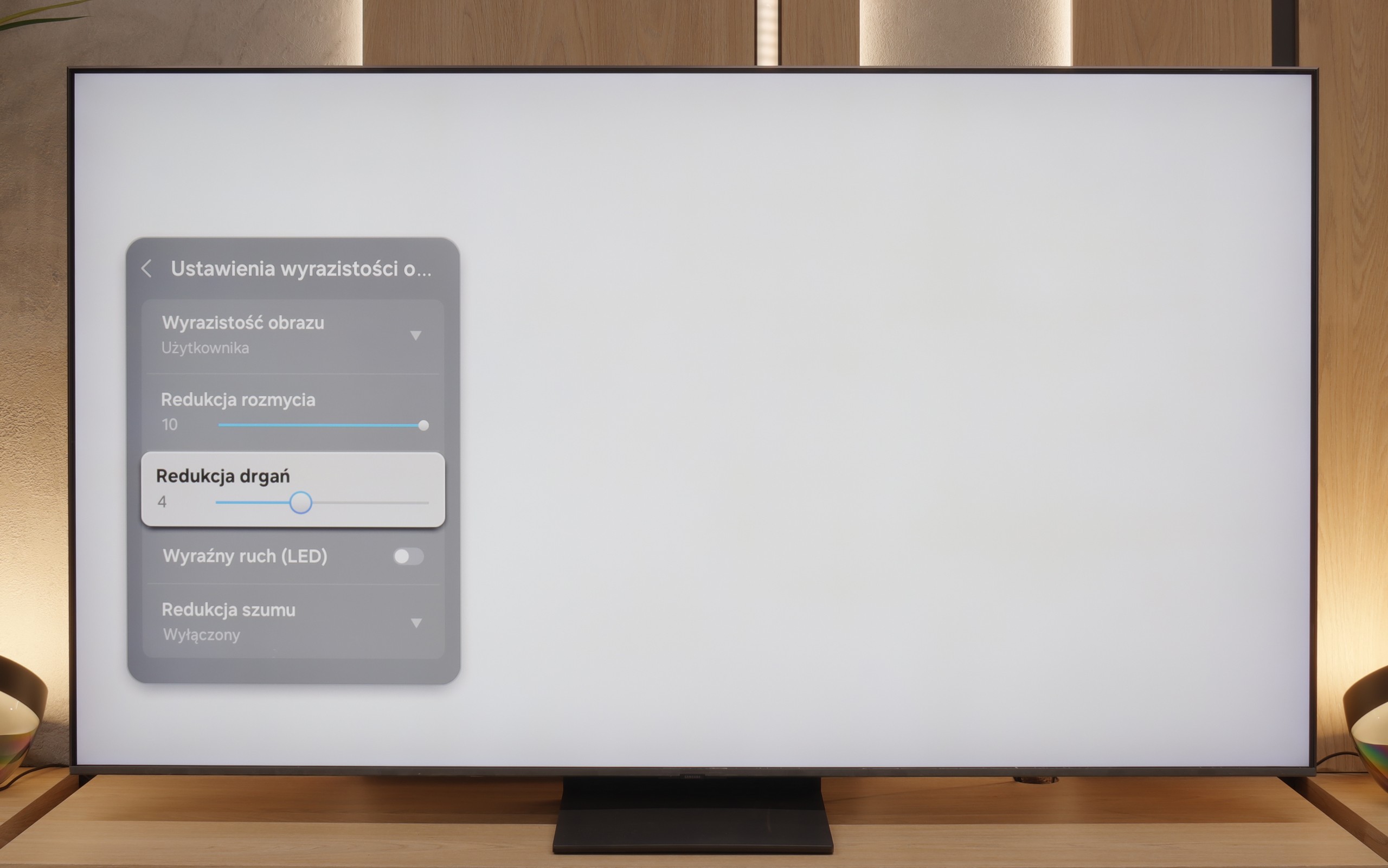
Blur (native resolution, maximum refresh rate):




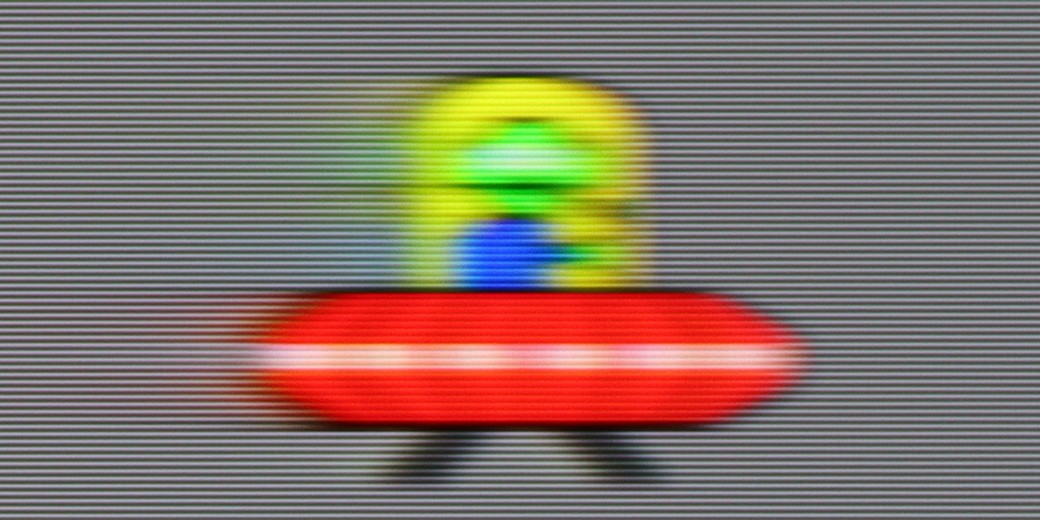

Blur (BFI function enabled):
Image flickers in this mode



Philips OLED769 features a multi-level motion smoother called "Motion Style," which will please users who value the ability to adjust motion fluidity in films. With this function, the image can be set to appear more stuttery or fluid, reminiscent of a theatrical effect. It's a great solution for those who want to tailor the displayed content to their visual preferences. Gamers will also not be disappointed, as the television, like most OLEDs, is equipped with a 120Hz panel. This ensures extraordinary fluidity and dynamic imagery. Unfortunately, Philips OLED769 does not have the BFI (Black Frame Insertion) feature, which could further enhance the smoothness and clarity of motion. Despite this limitation, the television still offers excellent visual experiences for both cinema lovers and gamers. This is definitely one of its strong points.
QN80F is truly a “fast” TV. The panel used offers a refresh rate of up to 144 Hz, which in practice means that the screen keeps up with the action – whether we’re watching a movie, playing games, or browsing dynamic content online. The image doesn’t stutter, isn’t overly blurred, and everything simply looks smooth and pleasing to the eye. Of course, the manufacturer hasn’t forgotten about cinema fans – in the settings, we find an option to adjust motion smoothness, allowing us to tailor the effect to our own preferences. You can leave a more “frame-y” look (for those who enjoy the classic film vibe) or crank up the smoothness to a higher level to achieve a theatrical smoothing effect. Importantly, the choice is ours. Watching movies and playing on the QN80F is just plain fun.
Console compatibility and gaming features
10/10
8.2/10
- ALLM
- VRR
- VRR range40 - 120Hz48 - 144Hz
- Dolby Vision Game Mode
- Correct implementation of HGIG
- 1080p@120Hz
- 1440p@120Hz
- 4K@120Hz
- Game bar

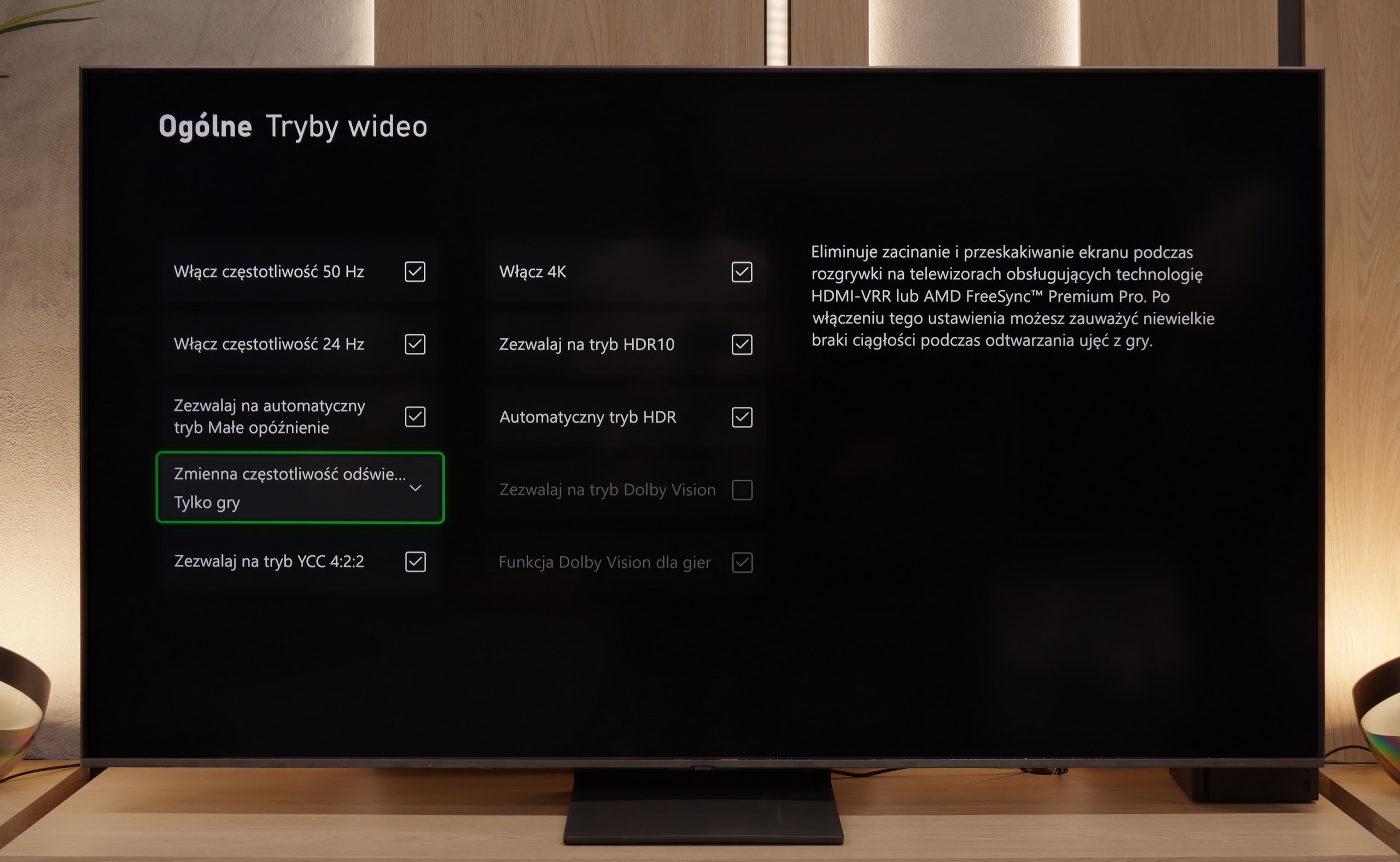



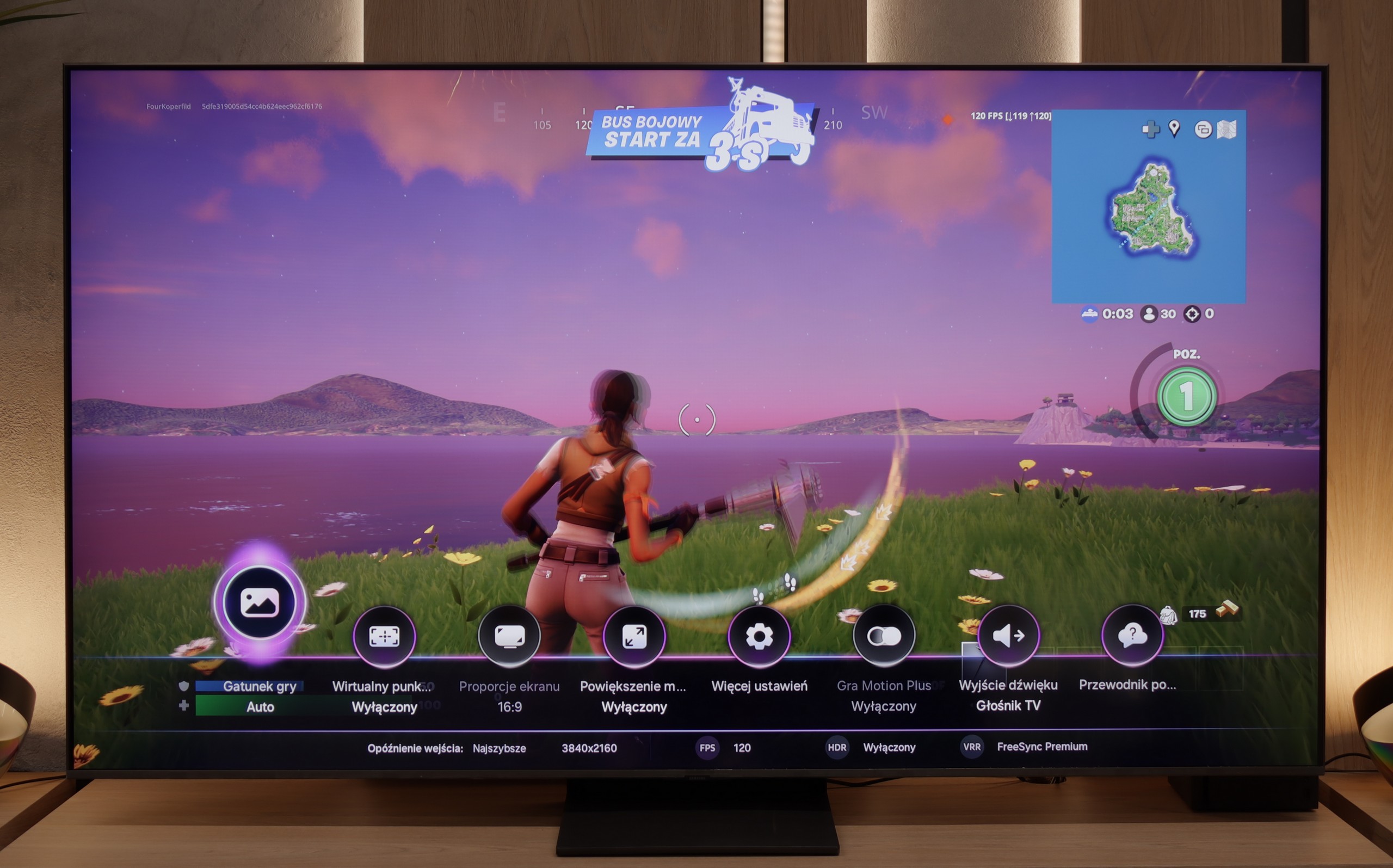

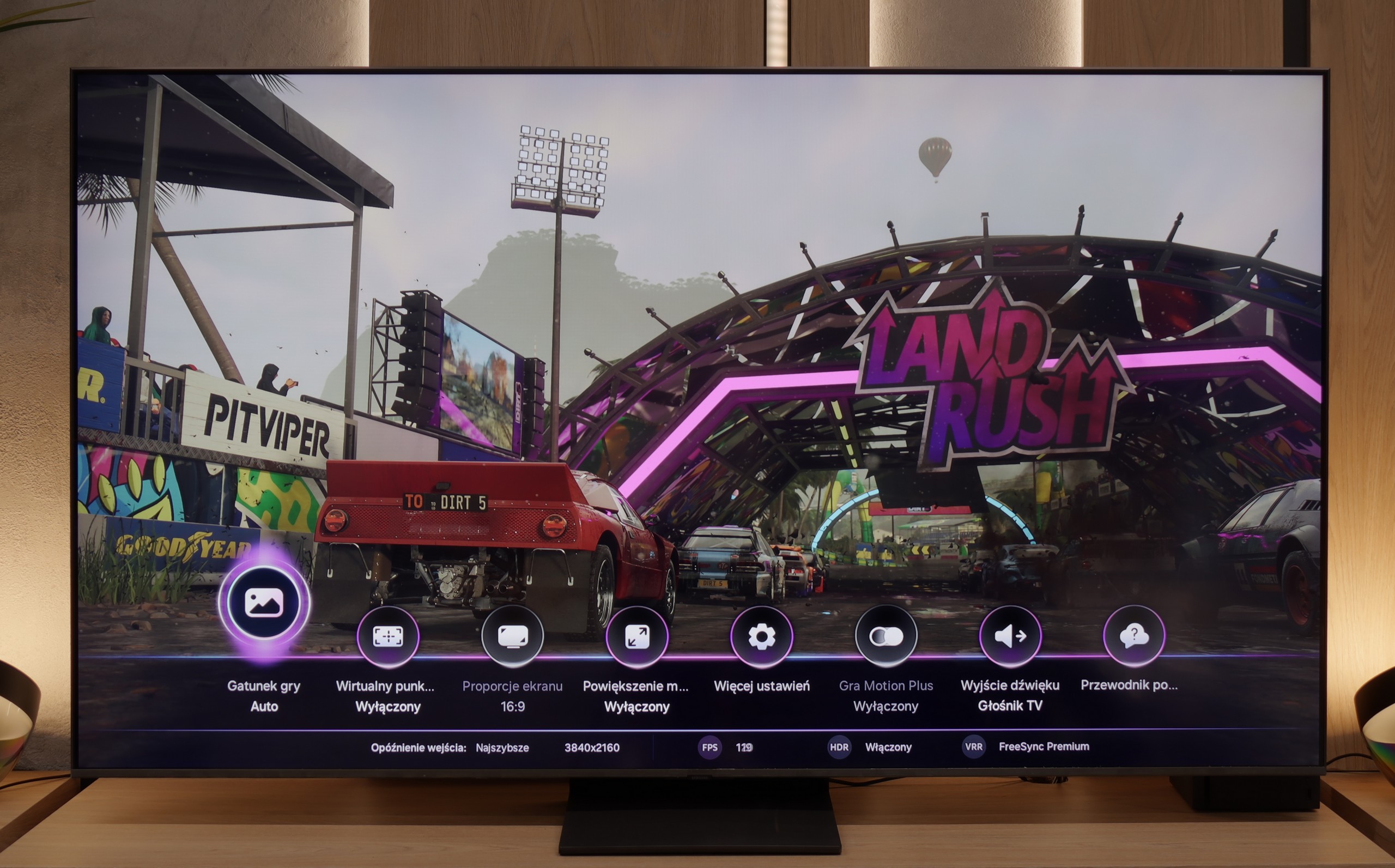
Philips OLED769 has been designed with gamers in mind, offering full compatibility with consoles and the highest quality gameplay. The television received the maximum rating in this category, providing everything your heart desires. With HDMI 2.1 ports fully supporting ALLM (Auto Low Latency Mode) and VRR (Variable Refresh Rate), the TV ensures smooth and hassle-free gaming. ALLM automatically switches the television to low latency mode, and VRR eliminates stuttering and screen tearing, resulting in smoothness and stability in gameplay. The Dolby Vision feature for gamers is another advantage, although it only works at 60 Hz. Most casual gamers will probably not feel the lack of a higher refresh rate, however, more demanding users may have some reservations. It allows for enjoying a dynamic range of tones and realistic images, enhancing the gaming experience. PC gamers will also not be disappointed, as the Philips OLED769 offers full compatibility with Nvidia graphics cards, thanks to support for G-Sync. This technology synchronizes the TV's refresh rate with the graphics card, eliminating tearing and stuttering, leading to excellent image smoothness.
Philips OLED769 is a television that perfectly meets the needs of gamers, offering a wide range of advanced features and technologies that significantly enhance game quality and user comfort.
Samsung QN80F is a TV that delivers on almost every front when it comes to gaming. We have a 144 Hz panel, four fully-fledged HDMI 2.1 ports, support for gamers in the form of variable refresh rate (VRR), auto low latency mode (ALLM), and even one of the best-designed game bars on the market. The cherry on top is the motion smoother, which – as the only one in the world – works in games without significantly increasing input lag. Sounds like an almost perfect TV for gamers? And indeed, it’s almost that.
As usual, Samsung does not support Dolby Vision in gaming, but that’s no surprise anymore. However, what is much more surprising is that... the HGIG feature has disappeared – which is a system that allows a console (e.g. PlayStation 5 or Xbox Series X) to precisely match HDR tone mapping to the capabilities of the TV. In the latest firmware update for the 2025 models, this option simply vanished. It looks more like a bug than a deliberate move, but it must be honestly noted that as of the writing of this review, the HGIG feature is simply absent.
And it’s this one missing feature that turns the QN80F from an almost perfect gaming TV into a “nearly” perfect device. It’s a pity – because everything else indicated that Samsung could once again set the bar very high in this generation.
Input lag
9.8/10
9.8/10
SDR
HDR
Dolby Vision
The input lag of the Philips OLED769 is impressively low. At a refresh rate of 120Hz, values hovering around 5 ms are truly impressive, and at 60Hz, 13 ms is also an excellent result. Such low latencies provide a quick response to player movements, which is crucial for smooth and responsive gameplay. The only downside is the lack of support for Dolby Vision with content/games at a 120Hz refresh rate. Nevertheless, the TV still offers incredible visual experiences and excellent specifications that will satisfy any gamer.
The QN80F doesn't disappoint when it comes to response time. The input lag for 120 Hz content drops below 10 ms, which can be considered an almost perfect result – it's hard to expect more in this class of televisions. Gaming is smooth, responsive, and without delays that could annoy even the most sensitive players. For 60 Hz material, the lag is higher, around 19 ms, but this is a completely natural phenomenon and still falls within comfortable limits.
Compatibility with PC
7.6/10
8.8/10

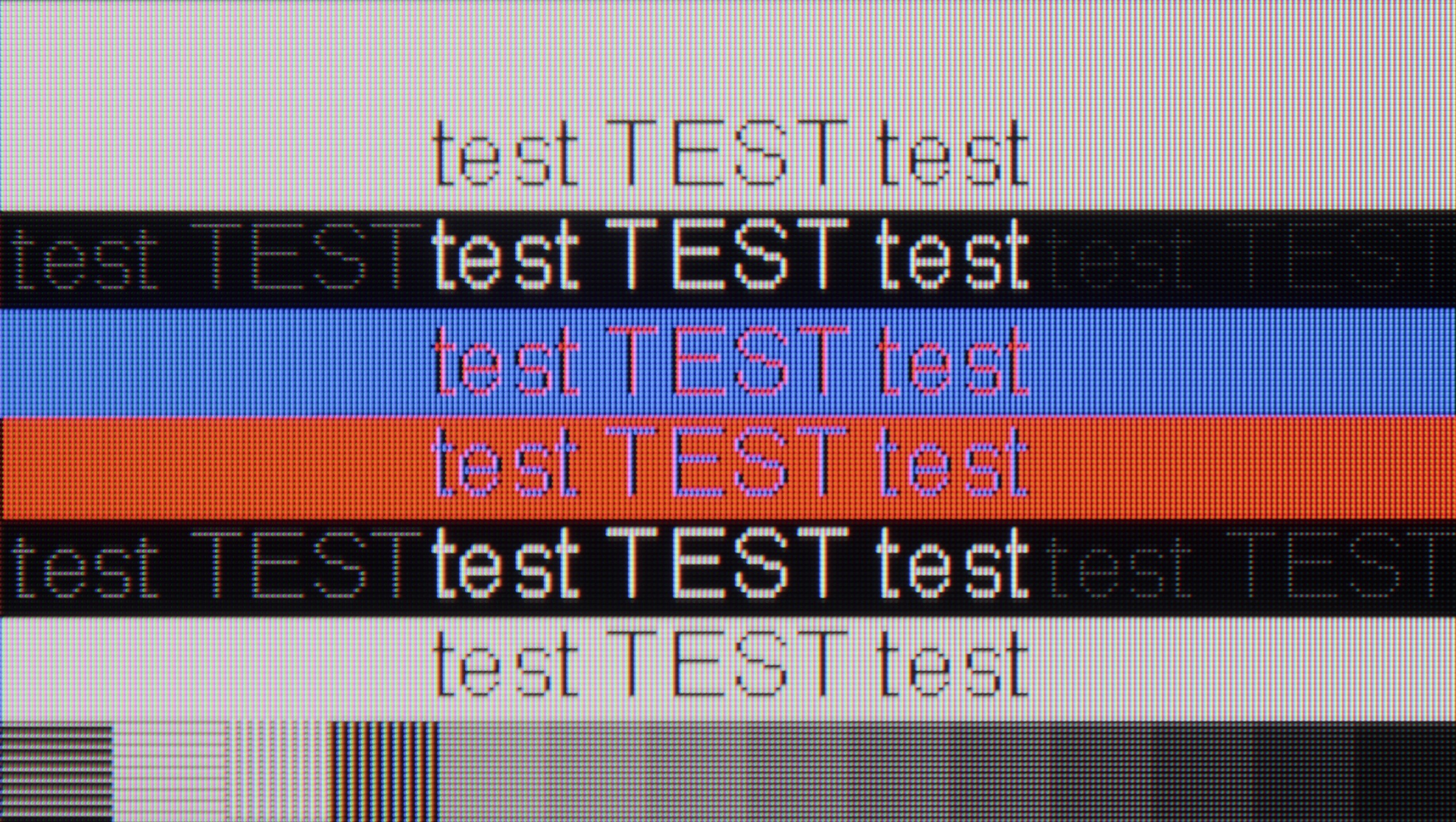
OLED769 works perfectly with PC computers. The rating in this category is very good, mainly due to the excellent readability of fonts, regardless of the background colour. The support for chroma 4:4:4 further enhances the image quality, providing clear and sharp details. The low response time is another advantage of this model, translating into smoothness and responsiveness during work and gaming. All of this makes the Philips OLED769 an ideal choice for PC users looking for a large screen with high image quality and excellent parameters.
Playing on the QN80F with a computer connected is pure delight. The television works seamlessly with NVIDIA graphics cards (thanks to G-Sync support) and AMD (thanks to FreeSync Premium), and the 144 Hz refresh rate only enhances comfort during fast-paced gaming. Everything works right away, without unnecessary fiddling with settings – just as it should.
When it comes to work, it's very good as well. The readability of fonts is high, and texts look sharp and clear. With very thin horizontal lines, you might notice slight imperfections or shadows, but honestly – you have to take a good look. Unless, like us, you sometimes like to examine the screen with a magnifying glass… then you might spot something 😉.
Viewing angles
7.5/10
3.1/10
When it comes to viewing angles, Philips OLED769 performs exceptionally well, as is the case with all OLED TVs. The picture remains sharp and does not lose quality, regardless of the viewing angle. This means you can enjoy excellent picture quality, even when watching from the side or from more unconventional spots in the room. The only TVs that offer even better viewing angles are those equipped with QD-OLED and OLED MLA panels. These technologies can provide even greater stability and clarity of the image at various angles. However, compared to standard LCD TVs, Philips OLED769 still offers significantly better viewing angles, making it a great choice for large rooms and family movie nights.
QN80F, like most TVs with a VA panel, isn't impressive in terms of viewing angles. Just tilt a bit to the side, and you'll notice a significant drop in brightness and lost colour saturation. The image loses its "depth" and "vividness", and darker scenes may appear slightly washed out. However, this is a typical characteristic of VA panels, which offer significantly better native contrast compared to IPS panels in return. In short: you win some, you lose some. If you're sitting directly in front of the screen – there won't be any issues. But when watching together in a larger group, it's worth keeping this in mind.
TV efficiency during daytime
4.6/10
6.6/10

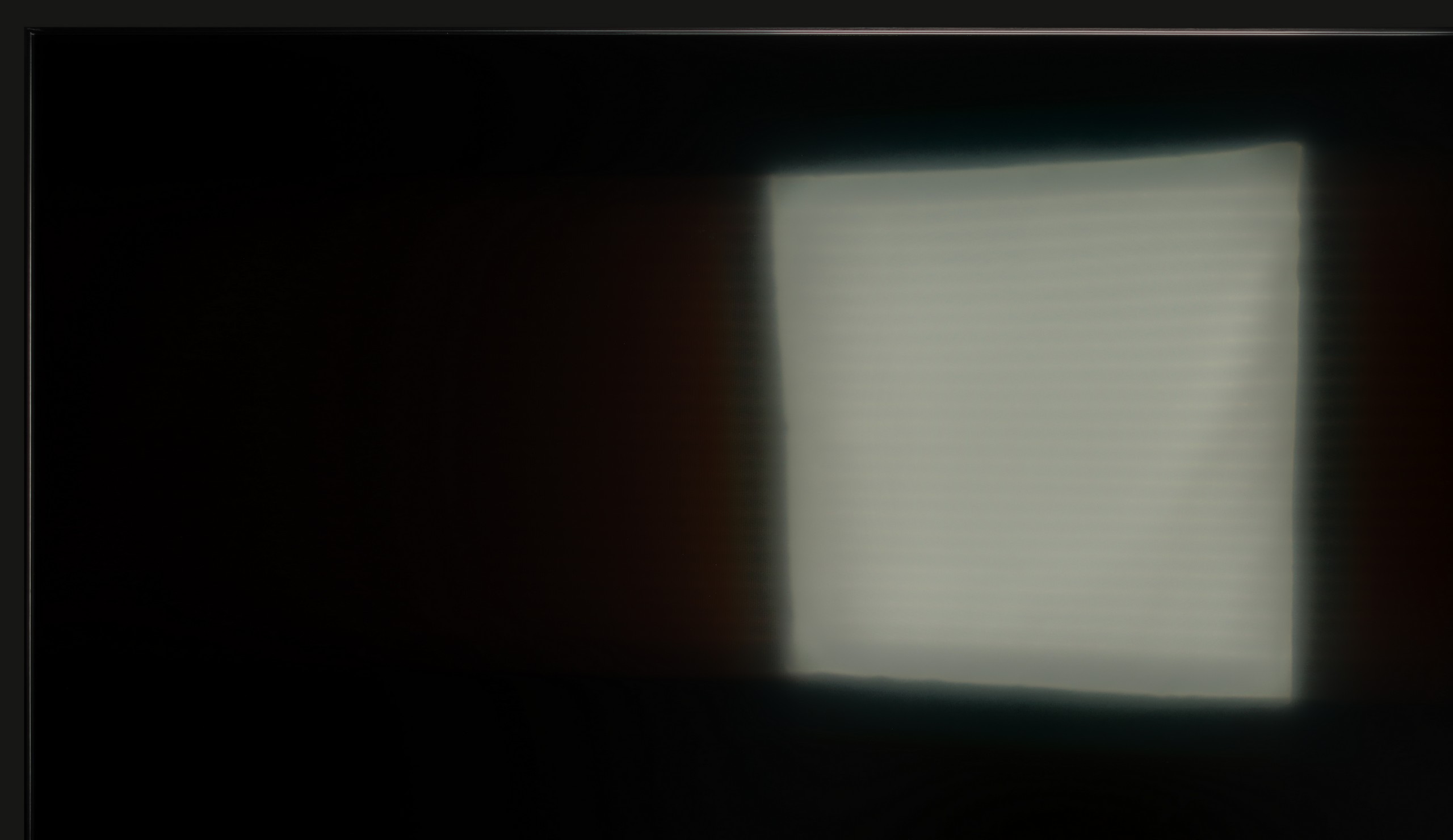


Matrix brightness
Average luminance SDR
SAMSUNG QN80F: 543 cd/m2
Philips OLED769: 258 cd/m2
The performance of the Philips OLED769 TV during the day leaves a bit to be desired. The panel, despite being satin, reasonably suppresses reflections, which can be noticeable in bright rooms. The low rating is primarily due to the fairly mediocre brightness of the TV—250 nits is unimpressive and may not be sufficient to provide adequate image quality in strong daylight. This means watching on sunny days can be less comfortable, and image details may be harder to see.
QN80F is really a bright television. The average brightness in SDR material is around 550 nits, regardless of the scene, which practically means that you can comfortably watch content even in a well-lit room – and there’s no need to close the blinds every time we turn on a film. The new satin coating on the panel also deserves praise, as it handles glare much better compared to last year's QN80D. Reflections are less bothersome, and the screen maintains readability in various lighting conditions. It’s hard to nitpick here – the QN80F performs simply brilliantly during the day.
Details about the matrix
Subpixel Structure:

Panel uniformity:

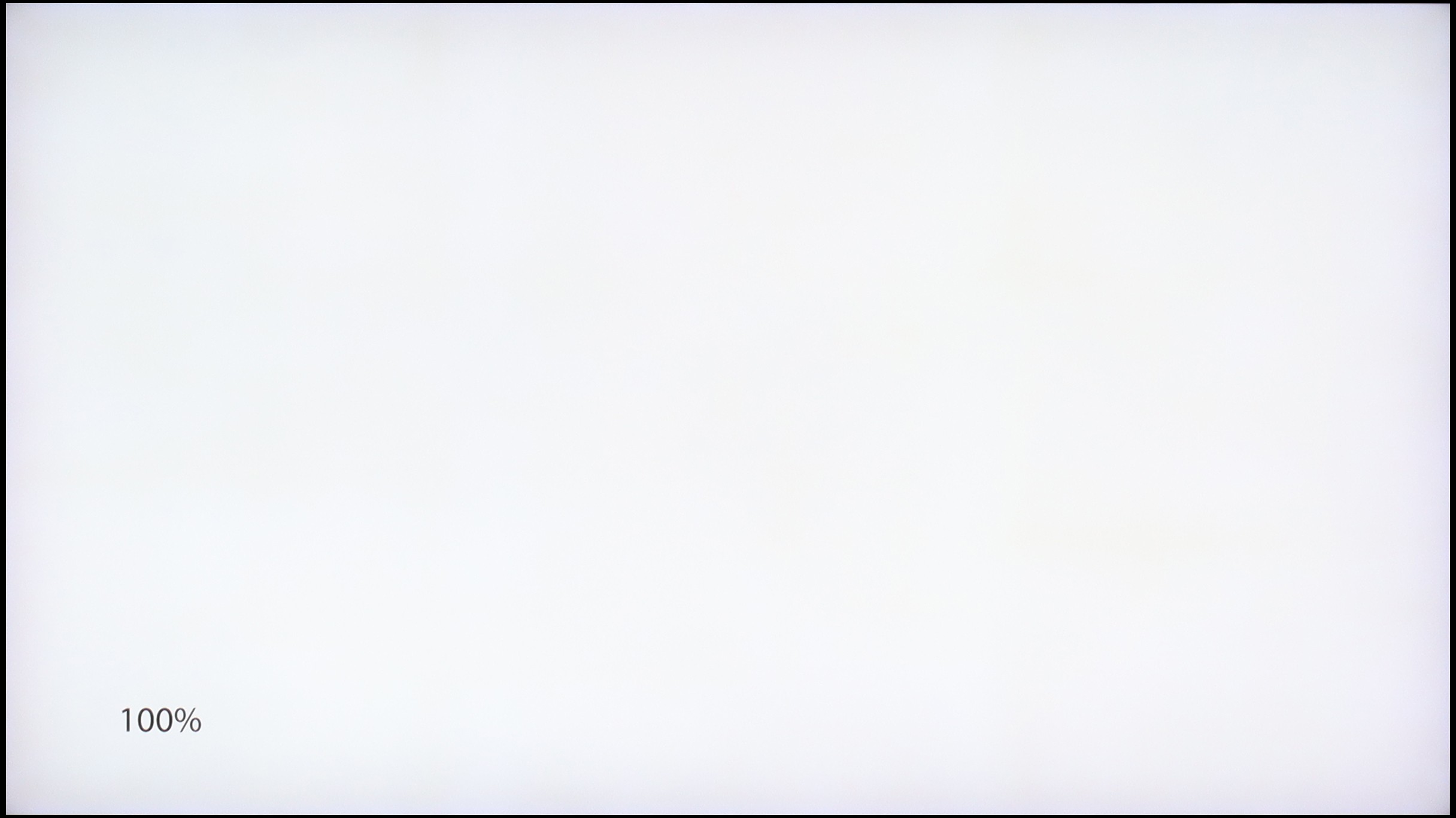
Philips OLED769
SAMSUNG QN80F
TV features
5.6/10
7.5/10
- HDMI inputs0 x HDMI 2.0, 4 x HDMI 2.1 48Gbps0 x HDMI 2.0, 4 x HDMI 2.1 48Gbps
- OutputsToslink (Optical audio), eARC (HDMI), ARC (HDMI), Mini-Jack (Headphones)Toslink (Optical audio), eARC (HDMI), ARC (HDMI)
- Network InterfacesWi-Fi 2.4GHz, Wi-Fi 5GHz, Ethernet (LAN) 100MbpsWi-Fi 2.4GHz, Wi-Fi 5GHz, Ethernet (LAN) 100Mbps
- TV receptionDVB-T, DVB-T2, DVB-S, DVB-S2, DVB-CDVB-T, DVB-T2, DVB-S, DVB-S2, DVB-C
Classic features:
- Recording to USB (terrestrial TV)
- Recording programming
- Picture in Picture (PiP)
- RF remote control (no need to aim at the screen)
- Backlit remote control
- Teletext
- Audio only mode
- Possibility to connect Bluetooth headphones to the TV
- Possibility to simultaneously use Bluetooth headphones and the TV speaker
Smart features:
- AirPlay
- Screen mirroring (Windows Miracast)
- Wyszukiwanie głosowe
- Voice search in native language
- Ability to connect a keyboard and mouse

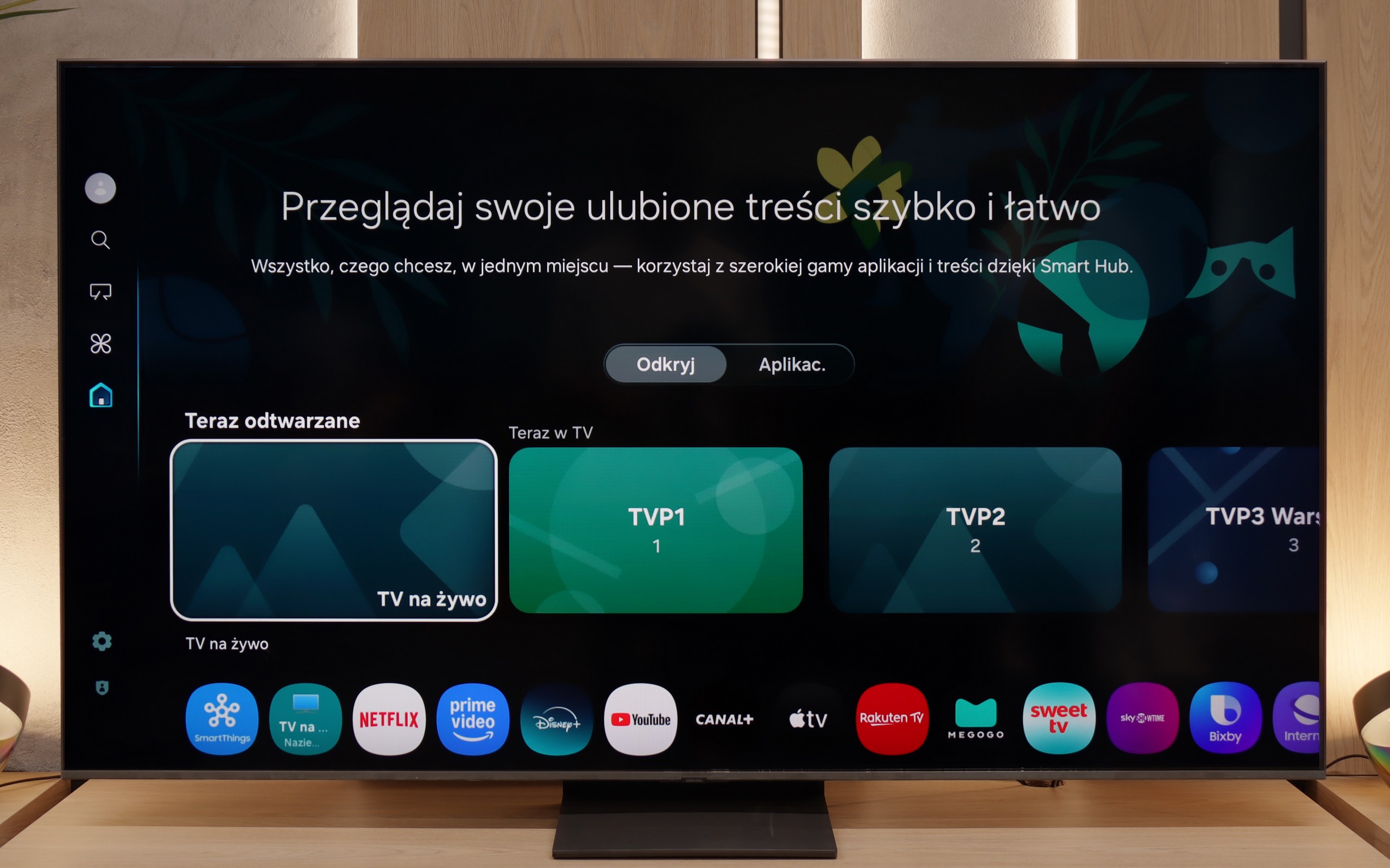
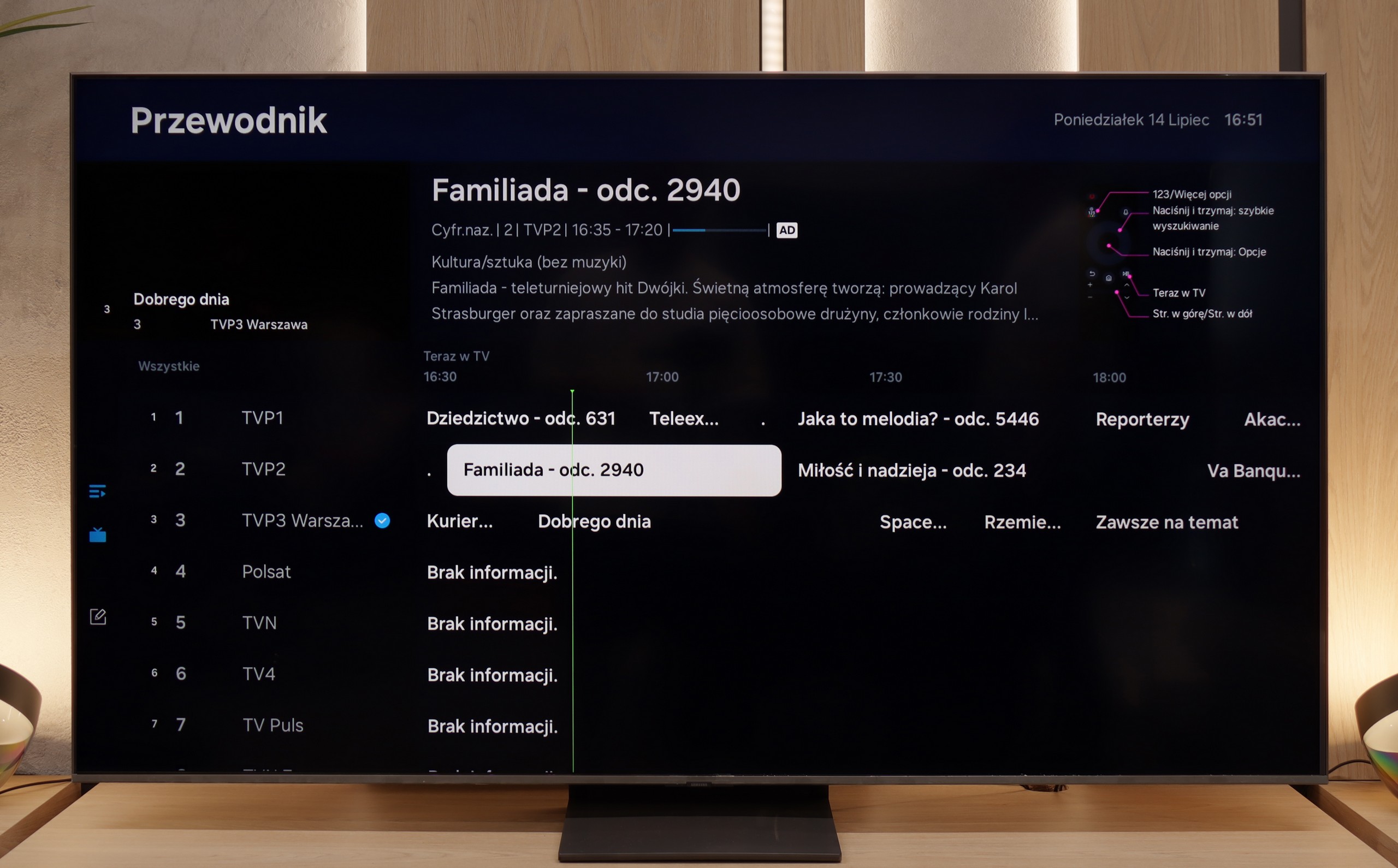
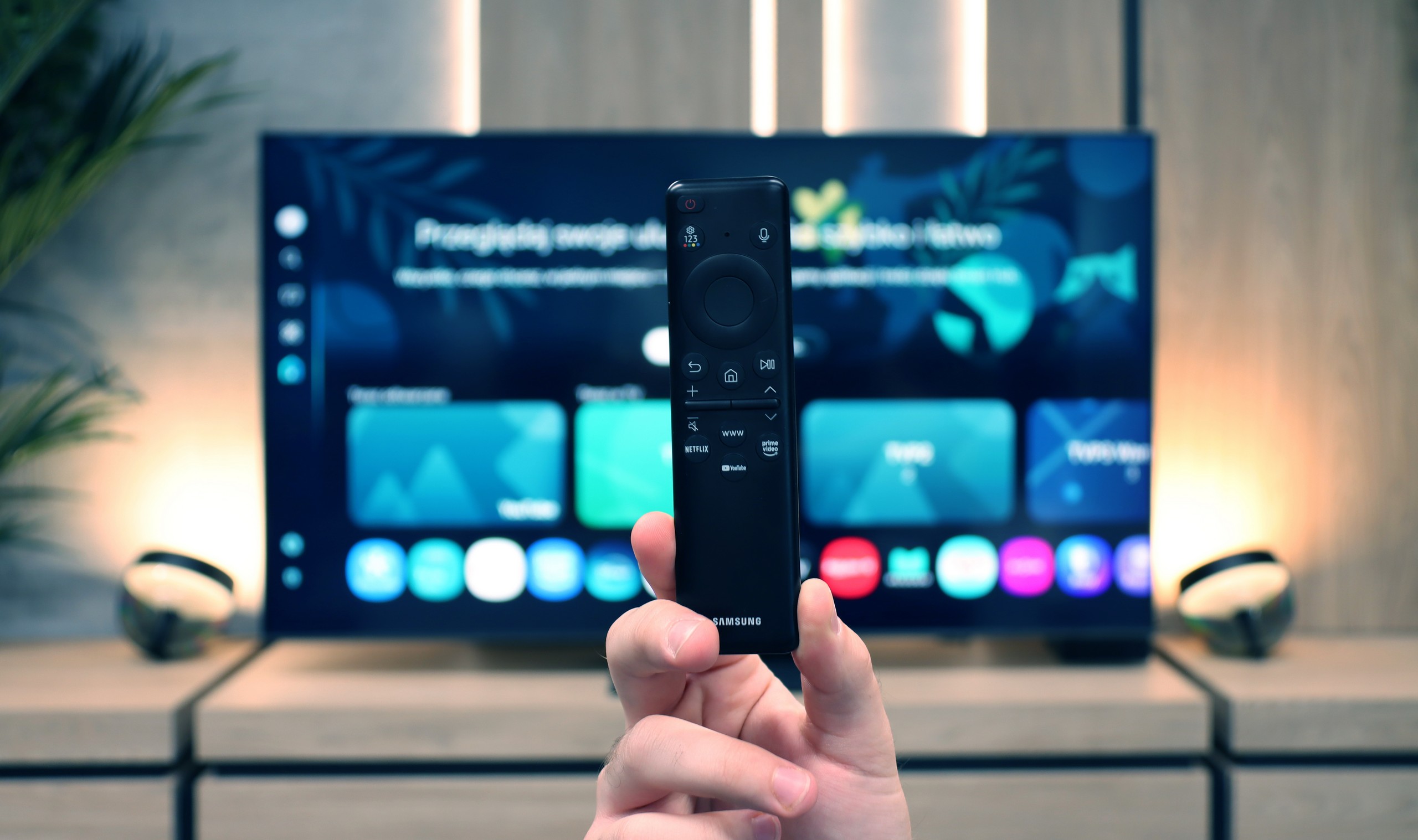
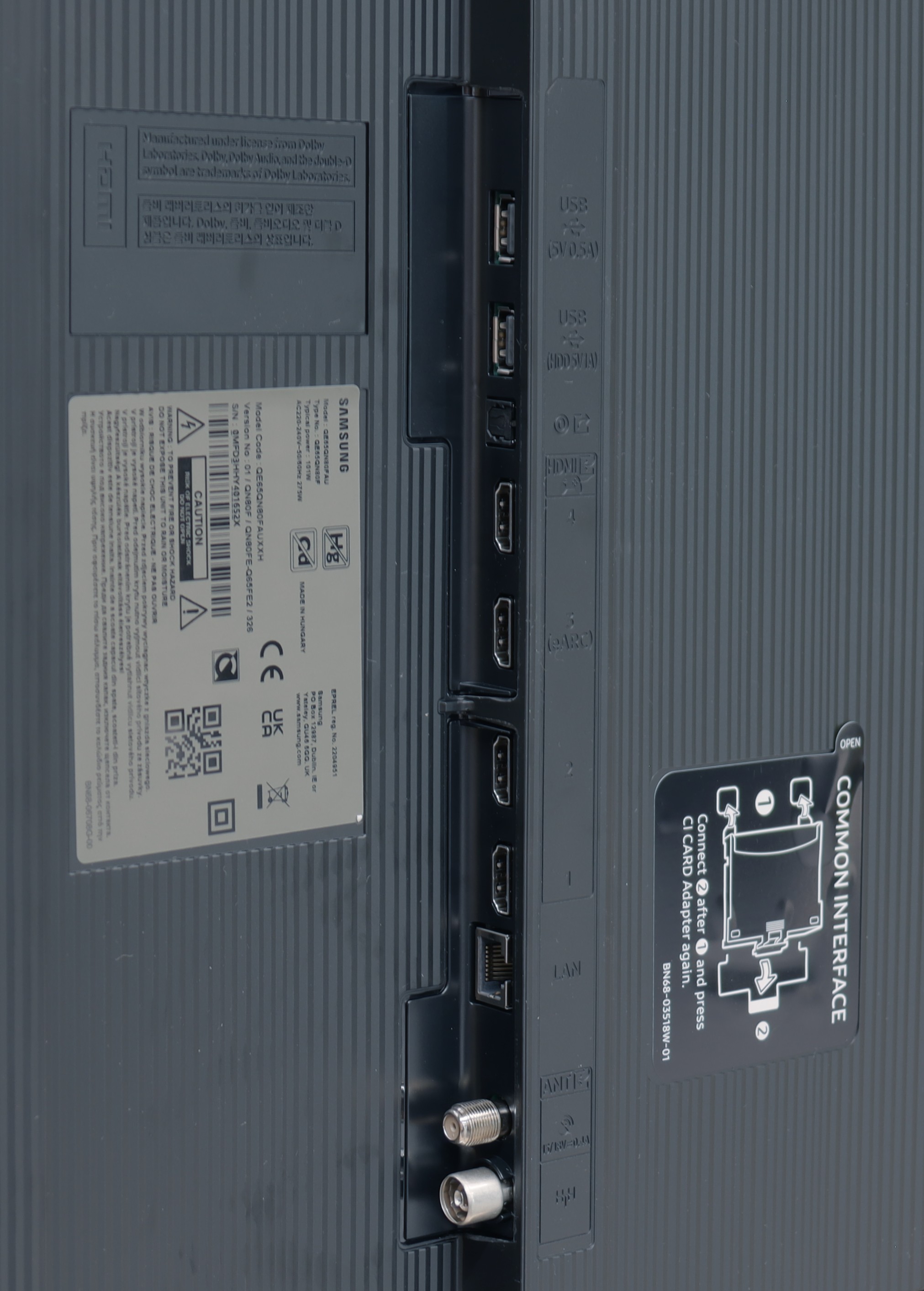
The biggest advantage of the Philips OLED769 television is undoubtedly the three-sided Ambilight system. This technology really makes a difference by extending the screen onto the walls around the TV and creating the illusion of a larger screen. It not only enhances the visual experience but also adds a unique atmosphere, whether we are watching a movie, playing games, or using other multimedia.
Interestingly, there is a new remote included with TVs featuring the TitanOS system. Thanks to its backlighting, it is very convenient to use; however, its wireless nature leaves something to be desired. The hybrid design means that sometimes you have to aim at the TV screen, while other times you don’t – depending on the button being used, which can be a bit annoying.
In the context of the operating system, Philips has introduced a new strategy for this year, replacing the previous open GoogleTV system with its own proprietary TitanOS. As with new technologies, TitanOS has its teething problems. It currently offers only a few basic applications, and the app store doesn't impress with its variety. This may disappoint some users who expect a wide range of available applications. Furthermore, the lack of support for AirPlay and the ability to record to USB are additional limitations that may be problematic.
SmartTV QN80F: Tizen
When it comes to smart features, the QN80F has nothing to be ashamed of. On the contrary – Tizen is one of the richest operating systems in terms of functionality. We have voice search, AirPlay support, Miracast and all the major streaming platforms at our fingertips. But Samsung's real advantage reveals itself in the smart home – SmartThings. Not only can you sync light bulbs and vacuum robots, but you can also integrate devices from other manufacturers, thanks to support for the Matter standard. And suddenly it turns out that the QN80F can serve as a home command centre. There is just one "but" – Tizen is a closed system, so we might not find a few lesser-known apps. However, in practice, it still has everything that 99% of users need.
Classic TV features:
When it comes to classic features, it’s just as good – well, almost. The QN80F supports Picture-in-Picture, a rare but still useful PiP feature. We'll easily find EPG, the good old teletext (yes, it works!) and the ability to connect external devices via Bluetooth – whether it's headphones or a soundbar. Unfortunately, it lacks the option to record to USB from the built-in tuners. This is a small annoyance, especially since competitors in a similar price range are increasingly offering this feature. It may not be a must-have function, but since everything else works so well, it’s a shame it's missing that finishing touch.
Playing files from USB
8.2/10
8.4/10
Supported photo formats:
Maximum photo resolution:

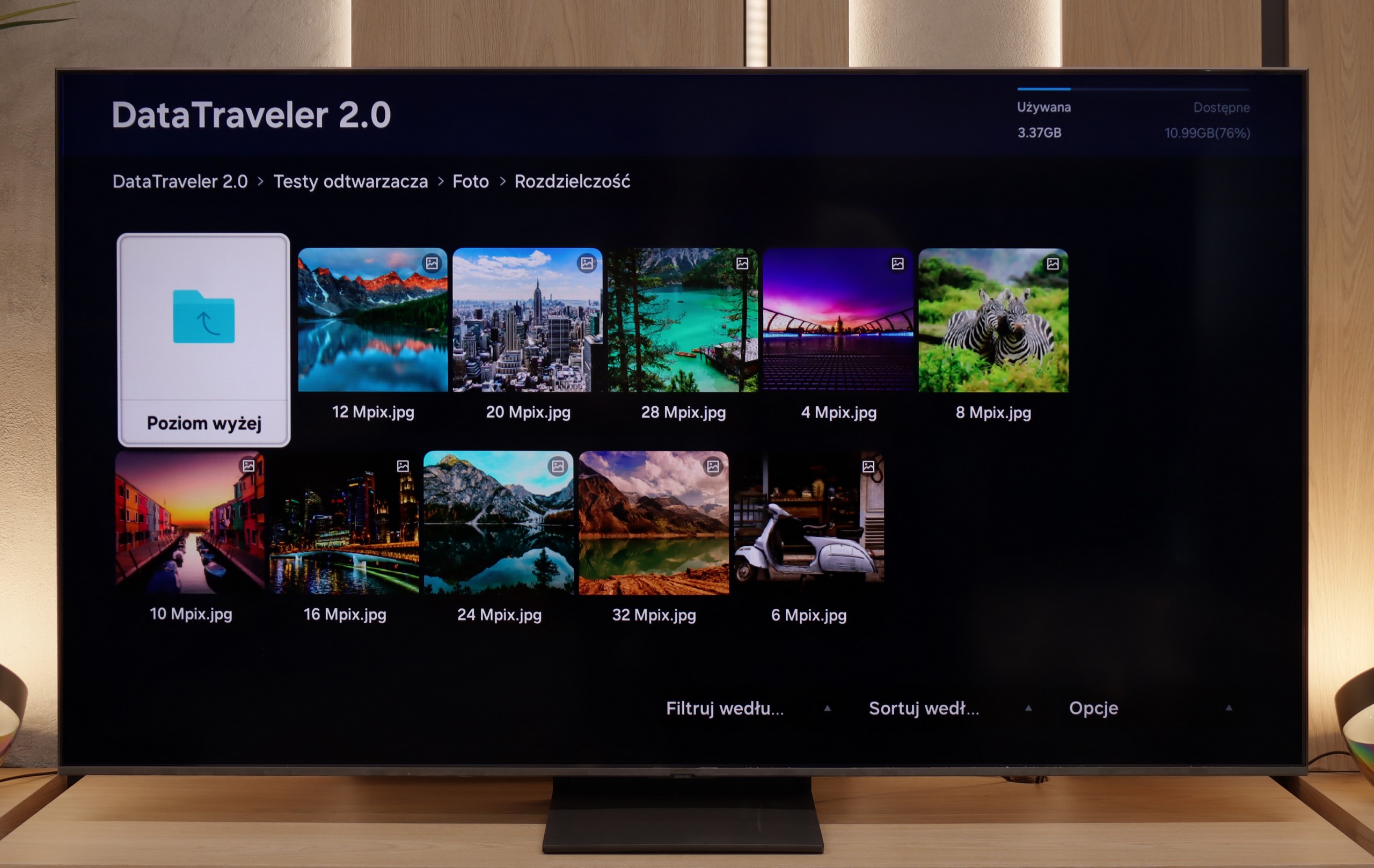
The built-in player in Philips OLED769 generally performs well. Although it may lack support for non-standard formats, which could be an issue for specific users, most should be satisfied with the available options. The built-in player in the TitanOS system allows for the reading of Polish characters and changing the font colour, which additionally makes everyday usage easier. Thanks to these features, playing files from USB is comfortable and versatile.
The built-in media player in the QN80F handles most popular video formats – from classic MP4 to more demanding containers. It may not be as versatile as VLC, but for home use, it’s more than sufficient. The situation is worse with photos – here, unfortunately, it’s quite limited. Support mainly includes the JPG format, but hey, at least that’s the most important one 👌. During our tests, there was also a minor issue with subtitles. The QN80F only handled the simple text format .txt – unfortunately, other, more advanced formats (like .srt or .sub) were not recognized.
Apps
6.2/10
8.7/10














































Sound
6.7/10
6.7/10
- Subjective sound quality:6.7/106.7/10
- Dolby Digital Plus 7.1:
- Dolby True HD 7.1:
- Dolby Atmos in Dolby Digital Plus (JOC):
- Dolby Atmos in Dolby True HD:
- DTS:X in DTS-HD MA:
- DTS-HD Master Audio:
In the sound category, Philips OLED769 may not offer super dynamic sound, using 2x10W speakers. However, it is worth noting the support for all Dolby and DTS audio formats. This allows users to enjoy high-quality sound with the help of external players, despite the power limitations.
For a TV of this class, the QN80F sounds surprisingly good. It supports the Dolby Atmos format, which is worth noting as this is still not obvious in many models in this range. Unlike the thinner QN70F, here you can even feel a slight bass – all thanks to the thicker casing, which simply provides more space for the sound to "breathe". It's perfectly adequate for everyday viewing and series, and with the right settings, you could even consider listening to music without the need to connect external equipment. But – as is the case with Samsung, there is unfortunately a lack of support for the DTS:X format, so if we are using audio devices that support this format, we will first need to connect them to the amplifier and only then to the TV.


